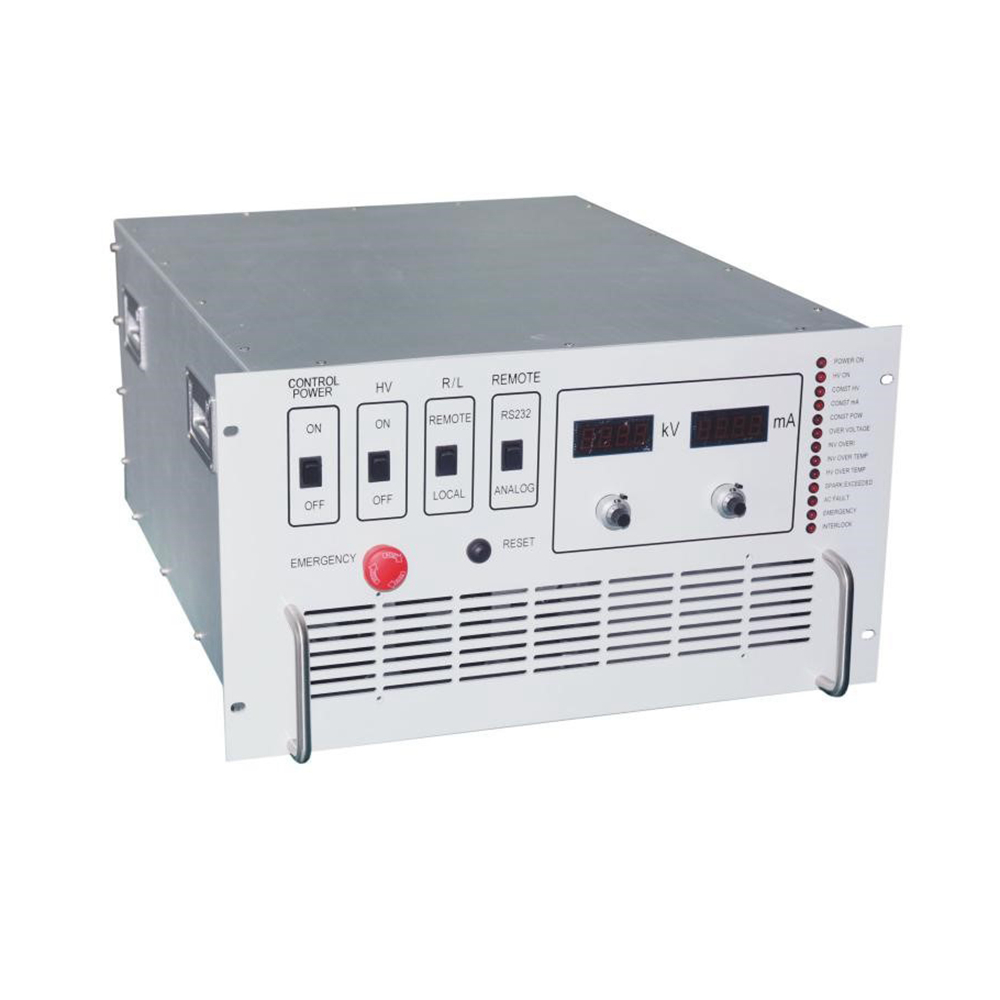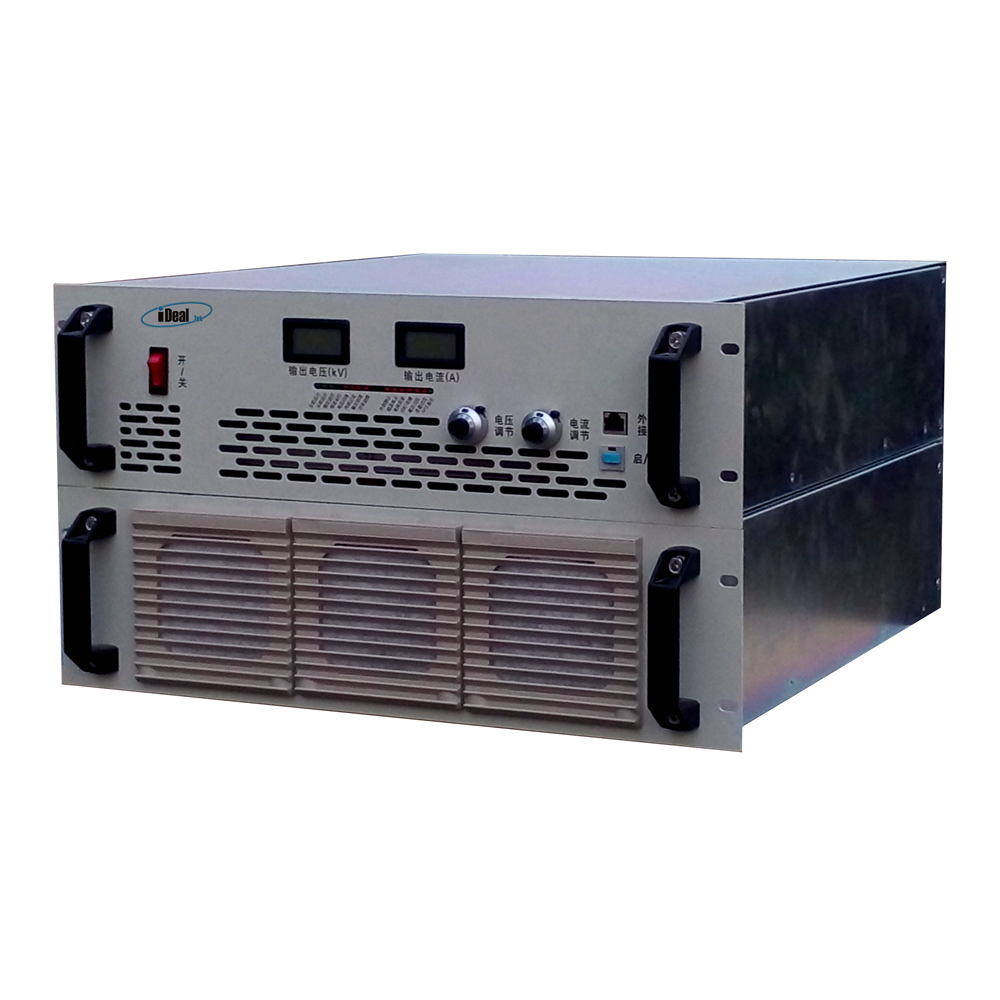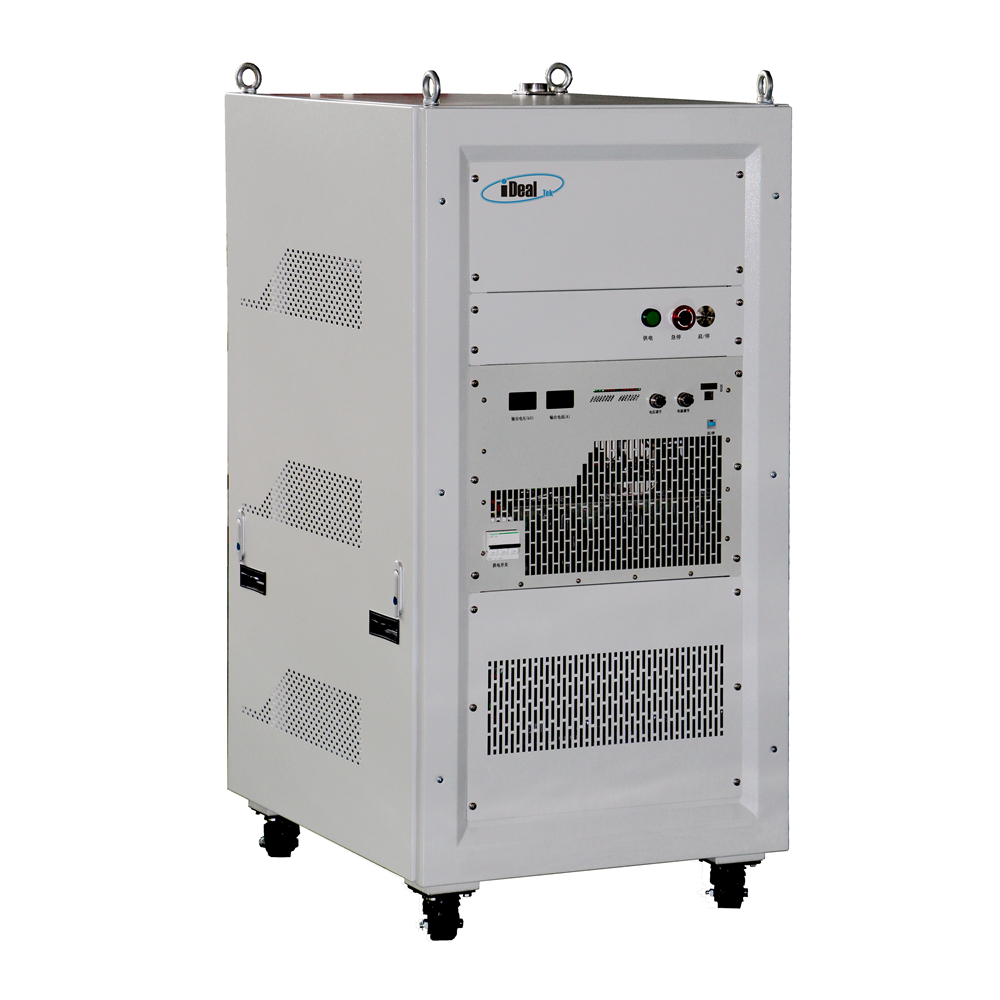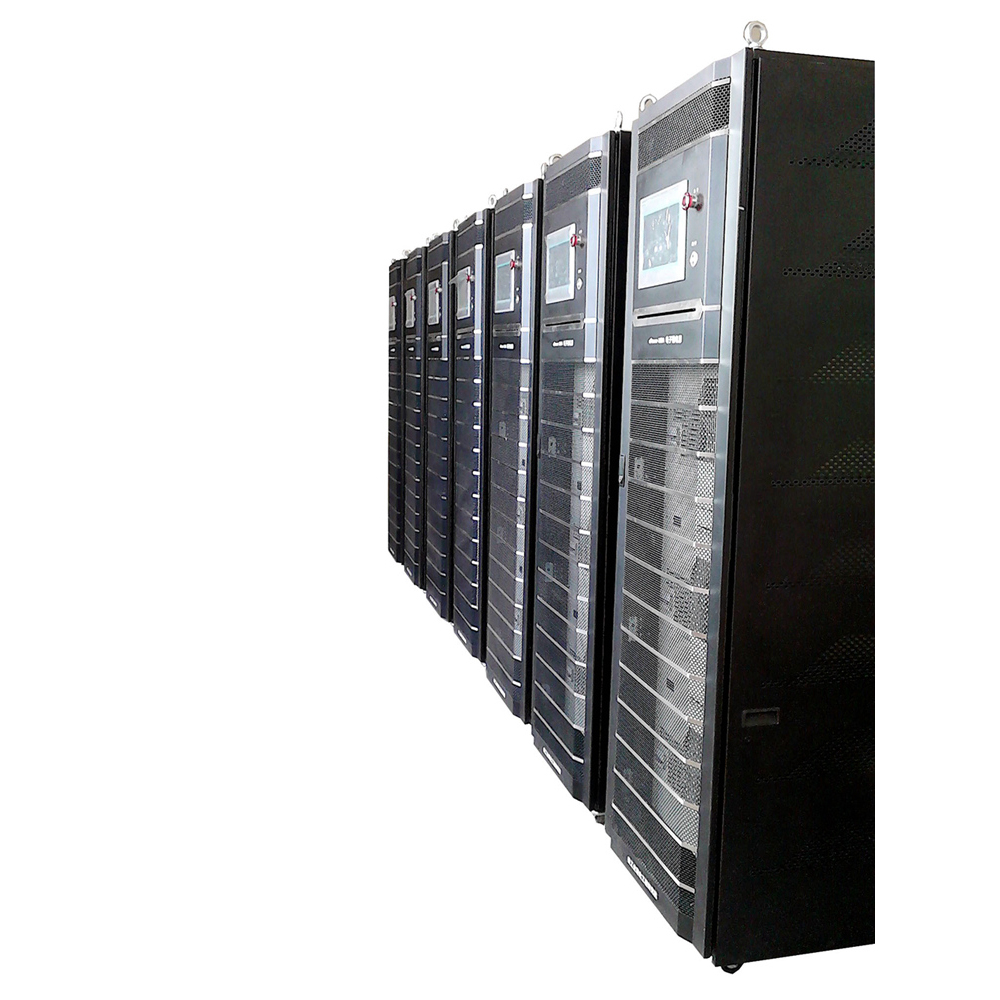Since the beginning of this year, a growing number of listed companies have been targeted by what appears to be well-orchestrated "patent raids." These attacks often come under the guise of "patent infringement," but behind them lie various motivations—some are about defending rights, others are for financial gain, and some are simply to eliminate competition or interfere with an IPO process. While the surface reasons vary, the real motives are often more complex and strategic.
One such case involves Company A, which had a relatively smooth path in the capital market: it was listed on the New Third Board in 2015, released its prospectus in 2016, and was on track for a successful listing in 2017. However, at a critical moment, Company B, a rival firm, launched a patent infringement lawsuit against Company A, effectively blocking its IPO road.
"We just wanted to stop Company A from going public," said Wang Gang, the chairman of Company B (a pseudonym), who did not deny his intentions. The strategy almost succeeded—Company A voluntarily suspended its IPO review with the China Securities Regulatory Commission (CSRC) this year. At a recent audit committee meeting, the patent dispute between the two companies once again became a major point of discussion.
This kind of patent-based IPO blocking is not an isolated case. According to a senior executive at a major Beijing investment bank, "Patent infringement lawsuits are among the most dangerous obstacles during an IPO, especially for tech companies. If not handled properly, they can delay the process, or worse, derail it completely."
The battle between the two companies is intensifying. Why do companies become targets of these patent lawsuits? "We haven’t sued Company A for years because their scale wasn’t big enough, and even if we won, the compensation wouldn’t be worth it," explained Wang Gang. In reality, many such lawsuits are not about justice—they're about eliminating competition.
Before 2015, Company A and Company B were competitors operating in different regions. But after Company A listed on the New Third Board, Company B realized that Company A had grown significantly and now surpassed them in size. This triggered a shift in strategy.
"If a competitor goes public first, it will bring more pressure," said Wang Gang. "I can tolerate a little profit, but if they keep expanding and acquiring upstream and downstream businesses, I can't allow that."
Market observers believe that when two companies in the same industry are competing for an IPO, using patent lawsuits as a tool to block each other is a common tactic. Some investment bankers even say that staging such a lawsuit is quite easy.
In response to Company B's legal attack, Company A chose to fight back. One of the strategies used was to challenge the validity of the patent through the Patent Reexamination Board. "They found a 'straw man' and claimed it was their employee. They even said the patent belonged to him," Wang Gang said. "The best defense is a good offense."
Another challenge comes from so-called "patent trolls"—entities that file lawsuits with questionable patents to disrupt an IPO. According to Cong Sen, a lawyer at Beijing Yuan Zhou Intellectual Property Agency, these cases require thorough due diligence before an IPO to avoid surprises.
As the competition heats up, both sides continue to play their cards carefully. For listed companies, navigating the legal landscape has become an essential part of the IPO journey.
High Voltage Power Supplies
iDealTek-Electronics has accumulated rich application experience and design technical knowledge in the field of High-voltage power supplies, from Linear High Voltage Power Supplies based on power frequency transformers to Switching High Voltage power supplies based on IGBT components, from 60KV, 1KW High Voltage Power Module, to 5KV ~ 40KV, 1KW 2U Laboratory High-voltage power supplies, and to 5KV ~ 60KV, 2KW 4U and 5KV ~ 100KV, 6U rack-mounted capacitor charging high-voltage power supplies, and then to floor-standing cabinet-type high-current high-power high-voltage power supplies, all our high voltage power supplies are featured for high reliability, excellent high-voltage output stability and low-ripple electronic characteristics.



Through the reliable and durable operation panel on the front panel of the high-voltage power supply, the output voltage and current can be easily set and controlled. The high-precision LED or LCD ensures intuitive and high-precision high-voltage output measurement functions. Our high-voltage power supplies can be equipped with a wealth of remote-control interfaces, such as RS232 / RS485 /DB15 / DB25 / DB50 analog signal interface, etc. for remote high-voltage enable and inhibit, high-voltage output control programming and data monitoring.
Our HV power supplies have complete built-in protection functions, such as overvoltage protection, ARC protection, load discharge protection, over heat protection, etc. The protection mechanism can start in transient time to ensure the safety and reliability of the power supply itself and customer loads under high-voltage output.

At present, our high voltage power supplies are widely used in high-voltage laboratories, capacitor charging, electron beam, ion implantation, FUSION power generation and other industries.
HV Power Supplies, High-voltage Power Supplies, High Voltage DC Power Supplies, HV PSU, High Voltage Power Module
Yangzhou IdealTek Electronics Co., Ltd. , https://www.idealtekpower.com



